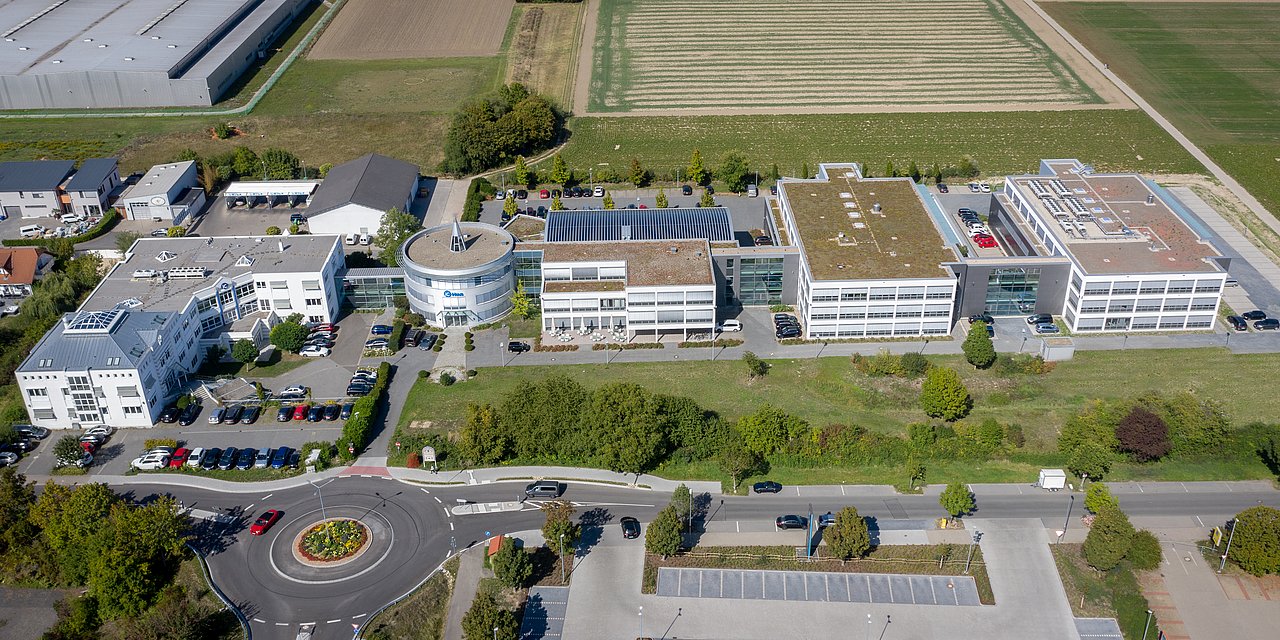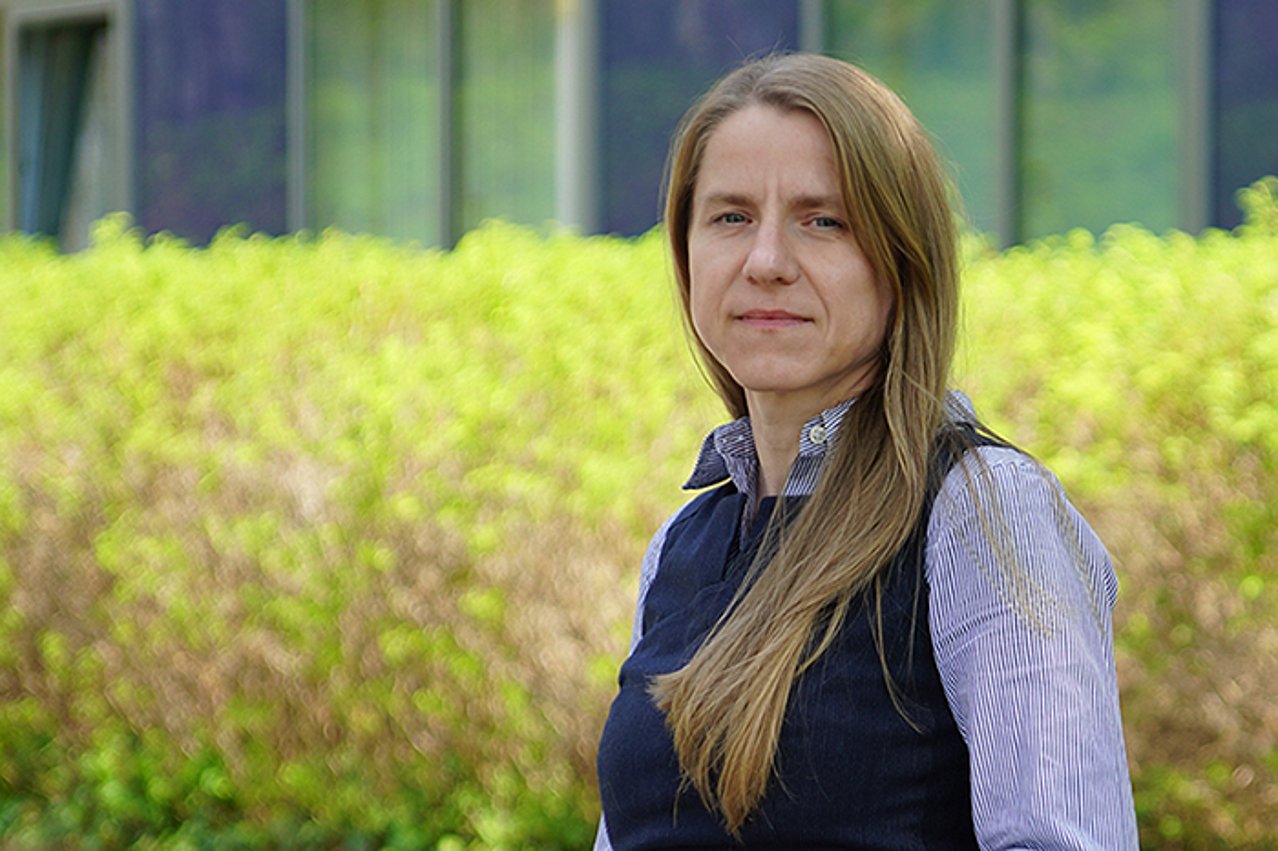Press releases
Electronic know-how protection for innovative sensor systems
iC-Haus, IMMS and Wachendorff launch BMBF joint project VE-ARiS
14.04.2021. Product piracy has long since arrived in the world of modern highly integrated sensor systems. These systems are used primarily in key industries such as robotics, automation, drive and laser technology as well as in safety-critical applications. In addition to massive economic damage to the original developer and manufacturer, counterfeiting and active attacks on critical systems entail serious security risks. For this reason, iC-Haus GmbH, IMMS Institut für Mikroelektronik- und Mechatronik-Systeme gemeinnützige GmbH (IMMS GmbH) and Wachendorff Automation GmbH & Co. KG are developing novel copy protection methods for integrated circuits and circuit boards. The partners presented details of their three-year joint project "Electronic Knowhow Protection for Innovative Sensor Systems - ARiS", which started in March 2021, at the BMBF's digital conference "Trustworthy Electronics" on 14 April 2021.
Counterfeits and copies as a risk to safety-critical systems and economic substance
"Even with simple copies, which are usually not intensively tested and qualified like original parts, there is a risk of malfunctions. The risks in medical technology or autonomous vehicles, for example, go far beyond those of property damage," explains Dr Heiner Flocke, Managing Director of iC-Haus GmbH and coordinator of the ARiS project. Affected are not only printed circuit boards but also the integrated circuits built into them, which were created in considerable and time-consuming development work and with the know-how of high-tech companies. Smaller manufacturers who have established their reputation with their chips in medium quantities as key products in the industrial sector are not spared either.
Two-stage copy protection: camouflage and watermark as active defence
Therefore, new methods for camouflaging circuits and for inserting a watermark are being developed at IMMS to make it more difficult to " imitate" and thus copy integrated circuits and systems. The methods are being investigated by iC-Haus and Wachendorff to see to what extent they can be implemented and are robust enough for industrial developments, as well as being supplemented by further camouflage and defence mechanisms.
A method based on machine learning is being developed at IMMS to camouflage circuits. "We will simulate the perspective of a potential counterfeiter and thus cloud his view already in the design," explains Georg Gläser from IMMS, specialist for the integration of AI methods into design automation. This is possible, for example, by using components with the same appearance but different functions. This makes reverse engineering extremely costly and economically unattractive, Gläser continues.
The envisaged "watermarks" represent novel defence mechanisms. They are integrated on the chip level as a circuit block that acts as a digital signature. With it, the chips are only released directly before delivery or commissioning, provided that the sensors also contained in the chip deliver the expected parameters. Personalised watermarks are integrated on printed circuit boards. With an additional defence IC, the circuit board is activated by the sensor system manufacturer.
Validation on industry partners' systems - and beyond
The practical test is being carried out by iC-Haus with a chip development and Wachendorff with a new PCB design. "The new methods for copy protection are in principle suitable for all chips and PCBs. We will validate them with a new type of copy-protected position encoder IC," Flocke explains. Chip and PCB will be subjected to extensive laboratory tests, integrated into relevant field environments and tested. "With active defence at board level, we ultimately ensure the originality of all components of a system," explains Robert Wachendorff, Managing Director of Wachendorff Automation GmbH & Co. KG. Both industrial partners have their sights set on integrating the new processes into their own product ranges, summarises Flocke. "Moreover, this is interesting for the entire industry and can create a standard claim for trustworthy electronics."
Related content
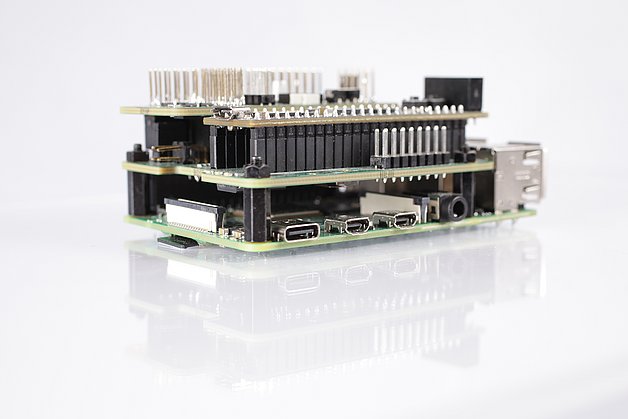
Project
VE-ARiS
IMMS developed copy protection solutions for integrated circuits to secure the know-how of partners
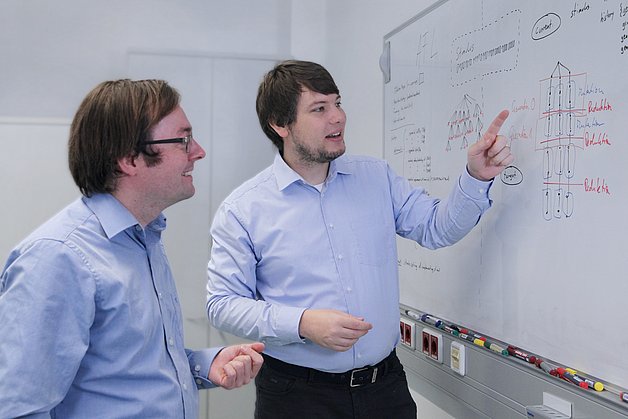
Event,
Days of trustworthy electronics 2024
Presentations of the results of the research projects of the funding guidelines for trustworthy electronics (ZEUS) and future-proof special processors…
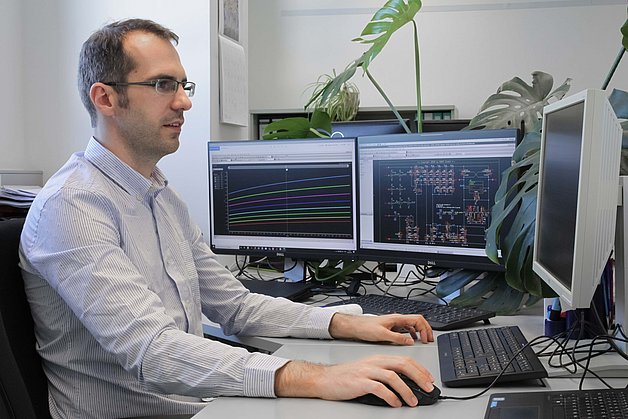
Event,
Vertrauenswürdige Elektronik 2022
Digital Conference of the Federal Ministry of Education and Research (BMBF) on trustworthy electronics
Contact
Contact
Dipl.-Hdl. Dipl.-Des. Beate Hövelmans
Head of Corporate Communications
beate.hoevelmans(at)imms.de+49 (0) 3677 874 93 13
Beate Hövelmans is responsible for the text and image editorial work on this website, for the social media presence of IMMS on LinkedIn and YouTube, the annual reports, for press and media relations with regional and specialist media and other communication formats. She provides texts, photographs and video material for your reporting on IMMS, arranges contacts for interviews and is the contact person for events.



